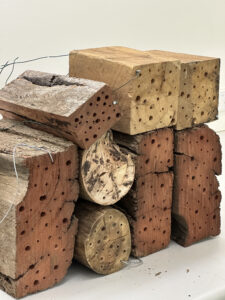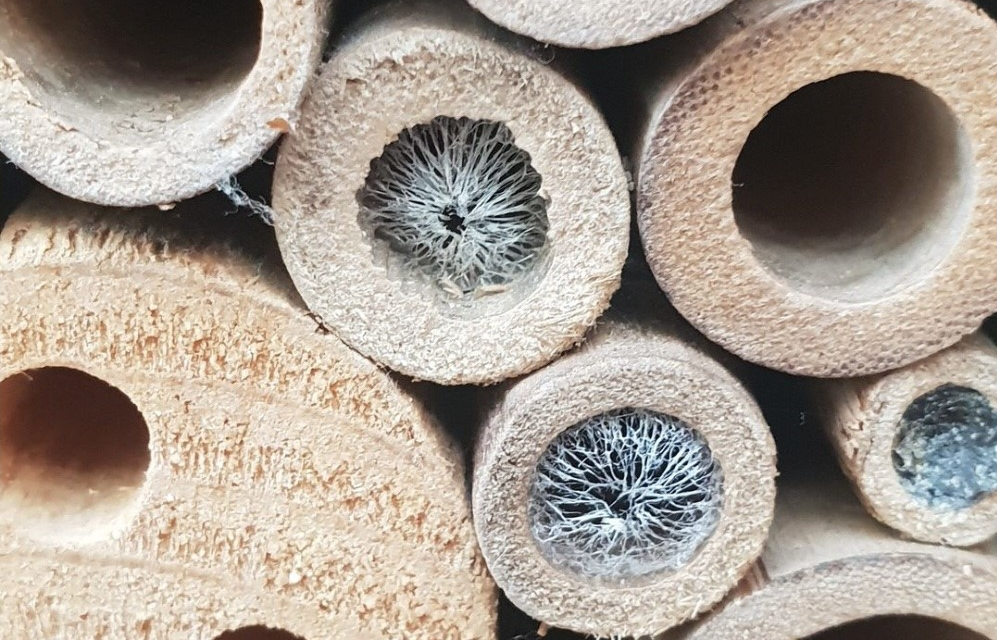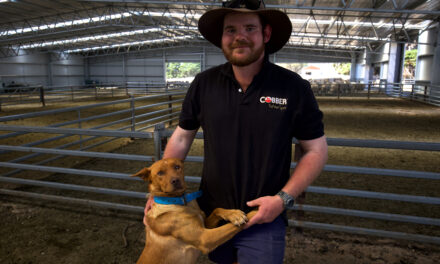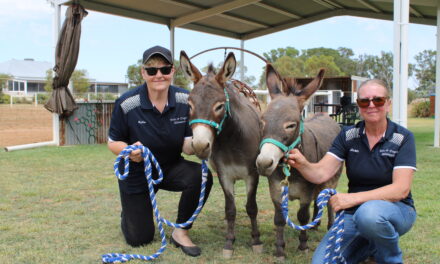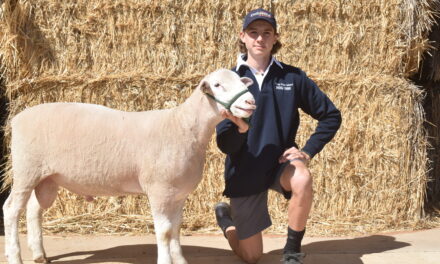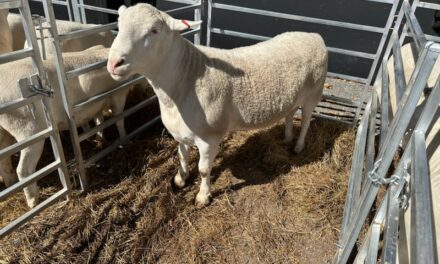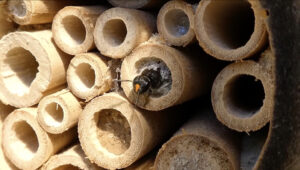
Hotels are popping up all around the place and their solitary residents have an important job to do. The question is, is their work being affected by climate change? ANDY WILSON has the story.
Hotels don’t come to mind when discussing bees.
Also rarely known is much about Australia’s native bees.
A Melbourne University masters student from Numurkah is determined to change all that as he investigates the impact of ecological change on native bee populations.
Clancy Lester, 23, is a buzzing encyclopedia on native bees. He said the diversity of the different species throughout Victoria was immense.
“There are hundreds of different species of native bee in Victoria alone,” Clancy said.
“You have all those species which have adapted to the Riverina and those in foothills outside Wangaratta and then Mallee species toward Bendigo and in the middle you have the central north where those groups meet.”
Australia has more than 2000 species of native bees with nearly all species living solitarily.
“Only a handful of species are social (in hives) and they tend to be up north in the tropics,” Clancy said.
Clancy is passionate about biodiversity.
“I have chosen to go with the hotels to educate the public about biodiversity,” he said.
“The average person, when they think about bees, they think about European honey bees. My hotels don’t cater for honey bees.
“They also cater only to solitary bees, which doesn’t matter down here as the only social native bees are up in the tropics anyway.”
Clancy’s approach to addressing the role of native bees in sustainability under a changing climate is two-pronged.
For his masters thesis — now in its final year — he is working with the Yolngu First Nations people in Arnhem Land to investigate the plant-pollinator network in the area involving species of the Austroplebeia and Tetragonular genera of bee.
Clancy is investigating the impact of climate change by studying the phenology — changes to a life cycle due to seasonal variations — of local flowering plants.
“Locals are reporting that they are not harvesting enough honey compared to in the past because flowering times on some species have changed,” Clancy said.
DNA ‘metabarcoding’ of the pollen allows scientists to know what plants the bees are using, which then helps assess phenological changes in the plant resources.
“We want to determine the plant and pollinator networks in the area and ask are they being affected by climate change?” Clancy said.
Clancy is in the final year of his masters project and is destined for an academic career that will follow his passion.
Key to his success is being a recipient of the Wattle Fellowship, which is designed to bring together a collective of young people
The Wattle Fellowship is the university’s co-curricula program for students to foster leadership on global sustainability, focusing on multidisciplinary approaches, leadership and practical skills development.
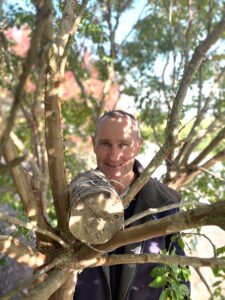
The year-long program supports students to create a positive impact on sustainability within a community of change-makers.
“After some training and networking, students come up with projects for problems that they are passionate about,” Clancy said.
Bee hotels can be made easily at home by drilling holes into pieces of untreated timber, or the stalks of certain garden plants.
Holes are drilled to mimic hollows which naturally occur due to boring grubs.
Suitable plants include sunflower stems, bamboo and even mint.
“You need to use extra long drill bits — about 100mm to 150mm — because the females will lay eggs first and then the males come toward the end of the tunnel,” Clancy said.
“Use a range of widths too so you can attract a variety of species.”
Bee hotels for sale at major hardware stores are not suitable due to the holes not being the right size and the wood being fumigated if imported.
The hotels then need to be hung horizontally where there is “a good amount” of sun, with the holes facing north-east.
“When they go in they create different cells and then cap them off,” Clancy said.
“And they will use different materials. For example, leaf bees, resin bees and wasp-mimic bees make spider web-looking entrances.
“Masked bees are smaller and cap with material which looks like glass.”
And the results?
“People will know when they have residents,” Clancy said.
Clancy praised the value of the Wattle Fellowship in helping launch his research.
“When I was new to the world of academia, the fellowship definitely helped me with networking, getting used to being in uncomfortable environments and contacting people with experience in my field,” he said.
“It was helpful for losing any fear of rejection.”
More information can be found on Clancy’s Instagram: Beesandblossoms.oz
